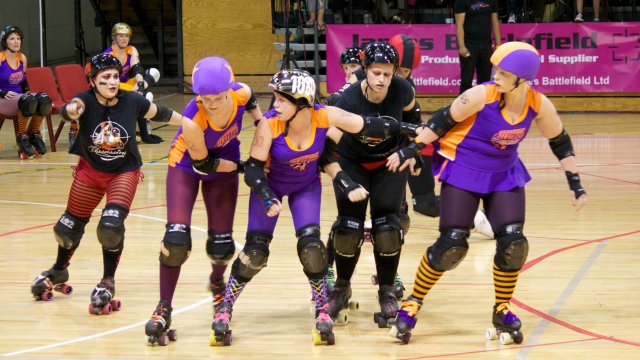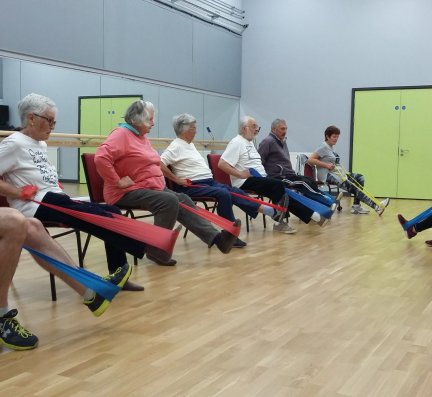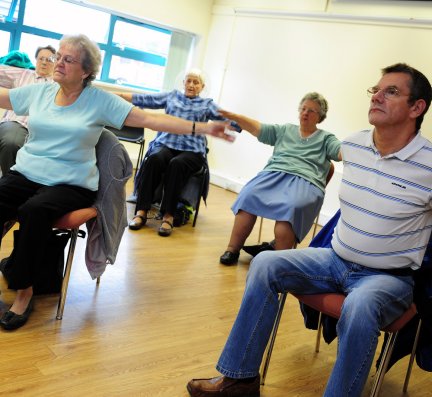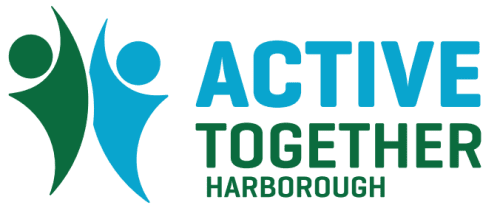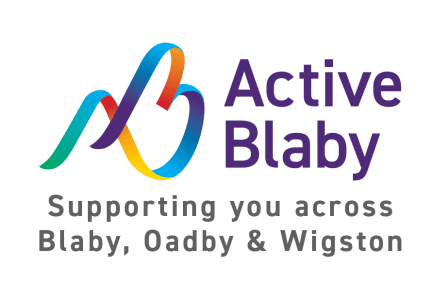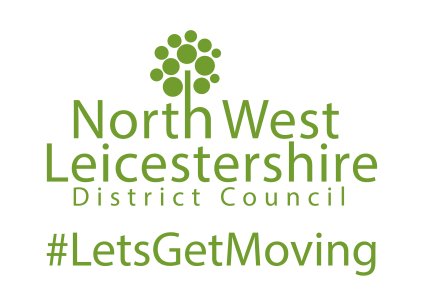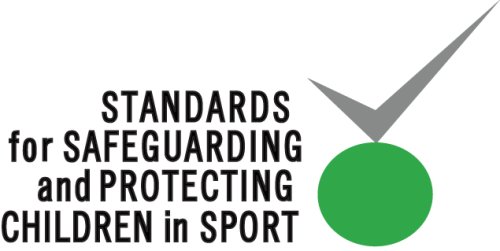Posted: Mon, 27 Mar 2017 11:29
There's do doubt about it: roller derby is enjoying a revival. The sport first rose to fame in the 1950s, '60s and '70s, when matches drew crowds of more than 15,000 people, and were televised to many more. Both men and women players were known for being rough, tough and skillful. The sport drew on elements of showmanship found in boxing and wrestling events – such as longstanding feuds and even scraps between rivals – and this spectacle helped the sport to maintain a strong fan base for many years.
But without the growth of grassroots, social and amateur competition, professional roller derby slowly disappeared from the sporting scene.
That is, until the most recent revival began in the early 2000s in Austin, Texas. Since then, roller derby's global resurgence has been driven largely by women, and characterised by a feminist ethos of empowerment. Derby's tough team camaraderie shatters society's expectations of "feminine" or "ladylike" behaviour, which once held women back from playing contact sports.
The feminist and anarchist principles guiding this revival value a "do it yourself" (DIY) attitude, otherwise found in the punk and hardcore scenes. The sport has grown quickly by making use of the internet and social media. Women can connect with each other across the globe, offering support and guidance via YouTube, blogs and various other online media.
Today, derby's origins as a DIY women's sport – created "by the skater, for the skater" – is changing sport culture more broadly, as our research has begun to explore.
Going for gold?
Currently, the Women's Flat Track Derby Association (WFTDA) is roller derby's main governing body. WFTDA has had to grow quickly to keep up with its growing membership. It has aligned itself with the Men's Roller Derby Association (MRDA), and changed their rules, play and policies to become more inclusive of diverse gender identities.
This was not enough to see roller derby selected as one of the new sports at the 2020 Tokyo Olympics (skateboarding, surfing and climbing have been added). But not everyone in the derby community sees this as a bad thing. While some were disappointed about missing out on a big chance to showcase and develop the sport, others view the prospect of Olympic association undesirable, for a number of reasons.
The DIY derby ethos that embraces pierced, tattooed bodies of all shapes and sizes sits uncomfortably alongside the "normal" athletic bodies of elite sport. The Olympics has a "go for gold" mentality, while in roller derby there are many ways of valuing play – tough but fair play, performance and sub-cultural expression are central.
There are also more formal obstacles which prevent derby from being recognised by official sporting bodies. In particular, the International Olympic Committee requires that sports have an international governing body, which adheres to the Olympics' anti-doping policy, and that the sport must be played by men in at least 75 countries on four continents, and women in 40 countries on three continents.
Because the roller derby revival grew from the grassroots, there's still huge diversity within the sport. Leagues across the globe follow their own sets of rules and different governing associations exist, despite the self-identified position of WFTDA as the international governing body.
What's more, anti-doping rules are expensive to implement because of the cost of testing. And the sexist requirement that a sport be played by more men on more continents than women means that derby would have to radically grow men's involvement in the sport. The question of gender identity – in particular, assumptions about physical capacities and ownership of the sport – has been a hotly debated issue, with relation to men's involvement in the sport and the inclusion of transgender participants.
A gender diverse world
Men were initially involved in the revival of roller derby as officials, volunteers and coaches. But now, with the rise of men's leagues, more men are becoming players – the MRDA currently have 72 men's leagues listed (WFTDA list 392 full, and 63 apprentice leagues). This shift raises feminist concerns about men potentially moving in to claim a sport that women have worked hard to make their own.
Yet some men's leagues are gender inclusive in their rules of play – no one is actually excluded from playing on the basis of cis or transgender identification. In many cases, men are creating a different sport culture through derby; playing by rules women have created, and drawing on women's expertise in coaching and tactics.
While popular representations, such as the film Whip It, portray aggression as the defining characteristic of derby, derby is really all about doing gender differently and mashing things up. Indeed, derby has also opened up a space for nonbinary "all genders" teams to form.
Flying in the face of the sexism and exclusivity which was once so common in full contact sports, derby demonstrates how a very diverse range of people can share in the thrill, risk and the pleasure of strong, forceful movement. It takes more than a change of policy to ensure sporting cultures are inclusive of different gender identities as they intersect with culture, race, sexuality, class, religion and body size. And roller derby shows how a simple game can become a force for change.
SOURCE: The Conversation
More information: https://theconversation.com/roller-derby-is-mashing-up-gender-norms-in-sport-heres-how-62371


